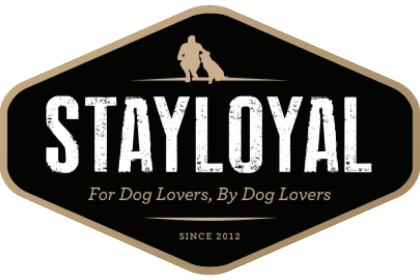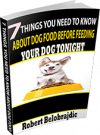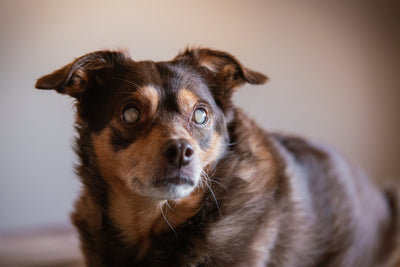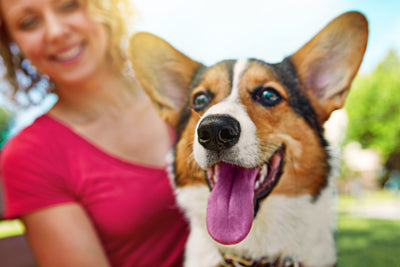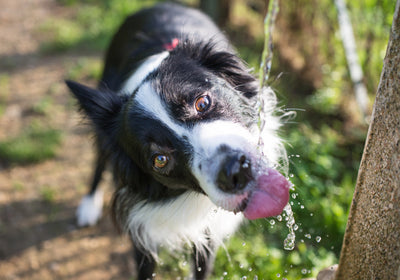Effects Of Alcohol On Dogs And How To Avoid Ingestion
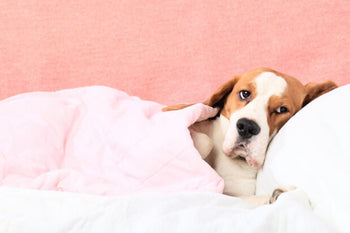
We all know your dog shouldn’t join us at the bar on Friday nights to hit back a few beers. But just how bad is alcohol for dogs and why? The Pet Poison Helpline lists alcohol poisoning as “generally mild to severe.” It’s not something you want to take a chance with, as it can be deadly.
Alcohol Poisoning Can Lead To Respiratory Failure!!
It’s important to remember that most dogs weigh much less than adult humans, so the amount of alcohol needed to cause severe issues to their system is much less than it is for us. This means small amounts of hard liquor can kill a small dog. The effects of alcohol poisoning on a dog are similar to a human. It effects the central nervous system. Symptoms include:
* Lowered breathing and heart rate
* Temperature drop
* Not being able to walk right and/or stand
* Vomiting
* Urination or defecting involuntarily
* Unresponsiveness/coma
* Behavioral changes (such as from depression to excitement)
* Flatulence
If their blood chemistry is altered –alcohol poisoning – they will develop a condition called metabolic acidosis (acidic blood). Death follows soon after, usually due to cardiac arrest.
It’s Not Just Alcoholic Drinks You Need To Be Wary Of…
You may think, fine, I just will keep by beer and wine out of my dog’s reach and we will be good. But there are lots of household products that contain alcohol (mouthwash to name one) that you need to keep your dog out of. The scariest thing, however, is something you probably never would have thought of…
ACTIVATED YEAST
Unbaked dough left rising is very dangerous to any dog. It smells delicious and is very enticing, making the threat of ingestion even higher. If your dog does ingest it, he will fight a lost battle between two evils. First, the rising dough will continue to expand in your dog’s warm, moist stomach. This will cause bloat (which is often deadly on its own) and can even cause gastric-dilatation volvulus (GDV), also known as a “twisted stomach.” Second, the fermented yeast will release carbon dioxide and alcohol. The alcohol will quickly be absorbed into your dog’s bloodstream resulting in alcohol poisoning. Two deadly issues are now happening simultaneously within your dog’s body.
Rotting or Fermenting Fruit.
If you have fruit trees in the back yard or on your walks you may be surprised that when the fruit falls on the ground and begins to rot, it starts to ferment and create alcohol. Pretty much the same way wine is made. So, if you have fruit trees and your dog is hanging out down the back more than usual, suspect they are getting into some alcoholic fruit. This could be dangerous for small dogs because they don’t need much alcohol to reach dangerous levels.
YOUR DOG’S DENTAL PRODUCTS COULD BE VERY DANGEROUS!
Here’s something shocking – some dog dental care products have 25% or more “straight grain alcohol” – which is the same as a 50-proof drink. This can cause liver and kidney damage as well as damage to the nervous system. So, check your dog’s dental products.
How To Avoid Ingestion
So how do you avoid accidently giving your dog alcohol?? By being diligent and shopping smart.
First, be sure you keep anything that contains alcohol – including personal care products such as mouthwash and perfume, cooking sprays, cough syrups, rubbing alcohol, etc. – out of reach of your dog. If you have a dog that gets into cupboards, you can put them in high cabinets, secure low cabinets with baby locks, shut doors to rooms where they are kept, or crate your dog when you are not home to keep an eye on them.
Second, read the labels of anything you are going to give your dog, especially if it’s human food. You may be surprised what contains alcohol. If you see any type of alcohol in the list, don’t give it to your dog.
Third, give your dog meaty bones to clean his teeth rather than dental chews that contain alcohol. (They cost less too!)
Fourth, when cooking, don’t leave your yeast-filled dough rising anywhere your dog might be able to get it. It could kill him.
